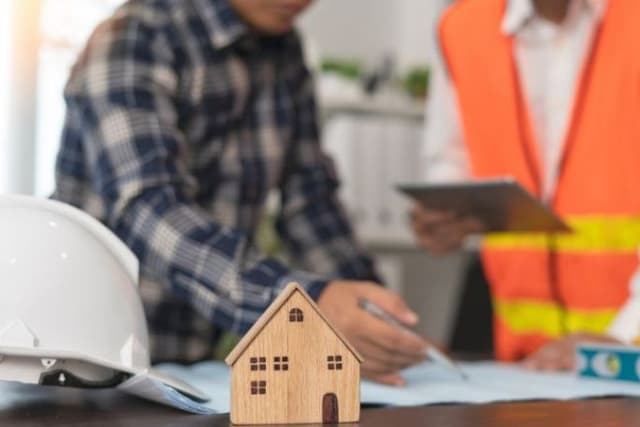
Design a Net Zero Home Using Scientific Knowledge
Lesson9 of 11 in this unit
SecondaryYear 9ScienceEnvironmentalClimate ChangeEnergySustainabilityEconomicIndustry, Innovation and InfrastructureJob Ready
Summary
Lesson guides and printables
Lesson Plan

Student Worksheet

Assessment Rubric

Teacher Content Info
